Description
This listing is offering one (1) FileChecker by CS Labs post data recovery software full licence.
FileChecker by CS Labs checks the quality of recovered files and gives the user three options
1. Damaged files are automatically marked / renamed
2. Damaged files are automatically deleted
3. Damaged files are just reported.
FileChecker by CS Labs is a very user friendly software and can complete the checking process automatically but it can also give a big selection of advanced setting for experienced users.
FileChecker by CS Labs is specially designed for data recovery laboratories. Considering that checking the quality of recovered files usually takes the biggest amount of work hours on a data recovery process, FileChecker by CS Labs can save a great number of work hours and the depreciation of it’s cost will come right after the first data recovery service. Also the automated checking of recovered files protects the owners data and reassures him that not even the data recovery technician will take a look at them.
How this offer works:
1. Download trial version on CNET FileChecker [ https://download.cnet.com/filechecker/3000-2094_4-76423619.html ]
You have 30 days to fully test and evaluate the software
2. Send us the product key that you will get from the software. Important Notice! Product key is different for each computer that you install FileChecker. You should send us the product key from the computer in which you intent to use FileChecker permanently
3. Unlock the software by using the unlock key that will be sent to you in about 24 hours from the purchase. You can now use the software permanently
Important Notice! This is a download only product. There will be no CD or other items shipped to you
Details about FileChecker
1. Introduction:
The aim of the Data Recovery(DR) process is to extract as much data possible from damaged media such as HDDs and Flash devices(USB sticks, Memory Cards, SSDs), or data that have been accidentally lost by deleting, overwriting, partition formatting, Operation System Re-installation ect (Logical recovery).
In HDD recovery there could be the need to address hardware problems, such as damaged heads, bad sectors, or damaged media areas. Usually, after the drive has been stabilized, an imaging stage is used to extract the data sequentially, in order to cause as less stress on the fragile damaged drive.
Even if a head stack replacement is successful, there are usually areas of the media that will not be able to be read, in the form of bad sectors or clusters of bad sectors. This could be due to mild local media damage, dust particles induced during the head exchange procedure, or slight head mismatch, or stress during the procedure.
In other cases, there could be severe media damage in one side of one platter, making the recovery of data from that side impossible.
In logical recovery based on file header, it is frequent the production of damaged files, since the file searching software usually only checks for headers, while the content could be damaged.
In all of these cases, gaps will be produced in the data image, leading to data loss and damaged files. Although the file system information could be recovered, that info could point to an empty part of the image, or one with data gaps.
In all the above cases, a post processing of the files is necessary, to clear out the waste files, from those that are usable.
In some cases, if there recovery is only partial, and depending on the valuing of the data by the data owner, some mildly damaged but usable files could be accepted, according to specific criteria.
The criteria for the usability of a damaged file differ per file type. For example, a bad sector in a video file could produce a hardy visible effect on playback. For compressed files though, it usually renters them useless. A bad sector in a compressed jpeg image file usually produces discoloration or/and displacement for the part of the image beyond the bad sector position. In this case, a bad sector in the beginning of the file usually renders it useless, while one near the end of the file could result in a damaged but usable file. In a case of partial recovery where recovered data is sparse but highly valued by the user, such files could be considered acceptable, especially in the case of irreplaceable personal/family data.
2. The FileChecker Software:
The FileChecker Software was developed as a file checking tool that incorporates the experience of real-world recoveries. It offers full configurability, allowing the user to choose the action when damage is found to a file, according to the file type, based on the file’s extension.
It provides header consistency check for numerous frequently used file extension, while the known header database can be updated by the user.
Also, it searches for bad sectors, bad zones(clusters of bad sectors ex as a result of a missing head gap) and bad header (gaps in the header area).
The user can choose the tests to be performed per file type, and the actions to be taken. The interface provides three(3) groups of extensions, chosen by the user, to be treated separately, plus a group for the rest of extensions.
The possible actions taken for damaged files can be file marking by file renaming (by adding a specific extension), auto file deleting, or just reporting. The criteria by which mildly damaged files are accepted is fully controllable by the user, and chosen by file type (extension). After checking marked files, those can be mass unmarked or mass deleted. Also, an unmarking and deleting by file type option is provided.
Proper use of the tool requires some experimentation and experience, to conclude on the type and extent of damage a file type can endure before it is sorted as unacceptable. Since those criteria will probably vary by case, different profiles of criteria can be saved as profile files and used in similar cases.
The tool runs unattended and is fast. File processing speed can be dramatically increased by choosing to check only the specific file types of interest. In most cases the data owner is interested in specific file types (photos, videos, movies, documents, spreadsheets, databases etc).
Detailed reports at the end of the processing, provide number of files and damaged files per file type. Damaged files that pass the check, due to lax criteria are reported separately. A simple image viewer can be used to check the reported image files, and decide about their usability on the spot.
Since new file types and extensions emerge every day, a header/extension database manager allows the addition and editing of new types, complementing the built-in base of frequent file extensions, to accommodate the users needs now and in the future.
The FileChecker Software is distributed as a shareware. Users can try a fully functional(apart from disabled multi-instance) 30-day trial, and decide to purchase it if it fits their needs after the end of the trial period. One PC and five(5) PCs versions are available [The provided code(s) is(are) functional only on the PC(s) it(they) is(are) issued for, and provided there are no hardware changes on it(them).

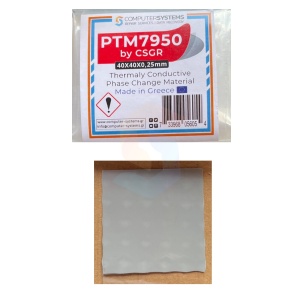
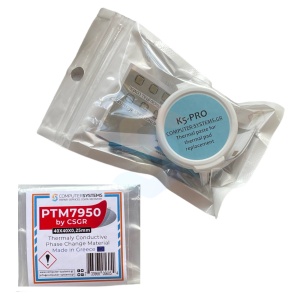

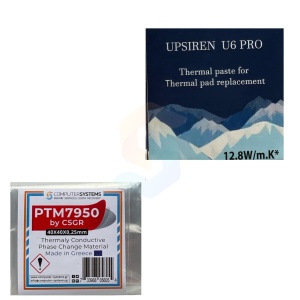
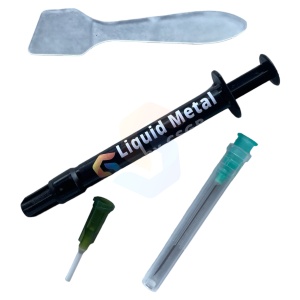
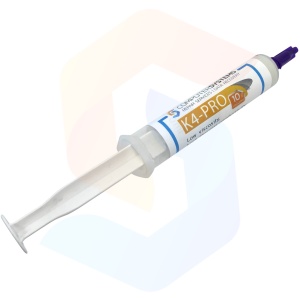
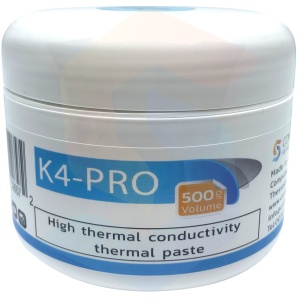


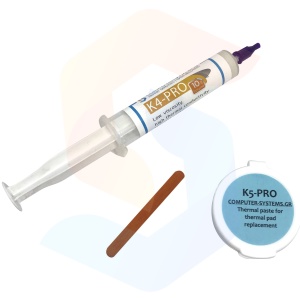
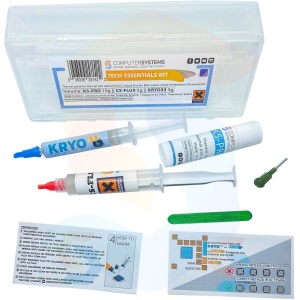
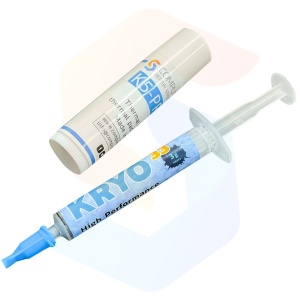

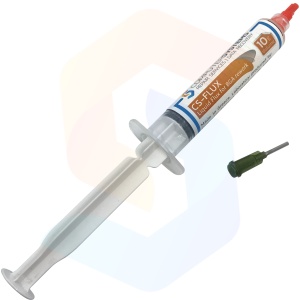
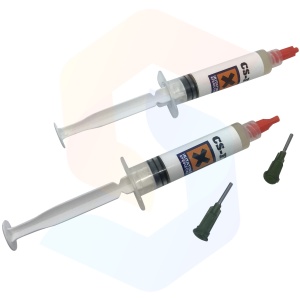

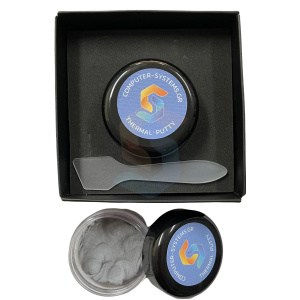
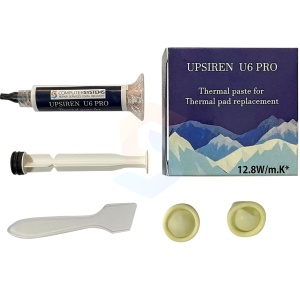

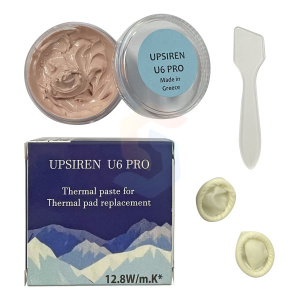





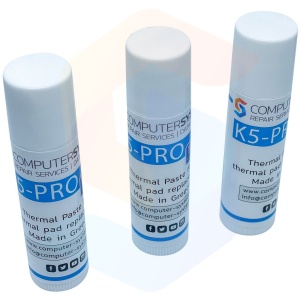

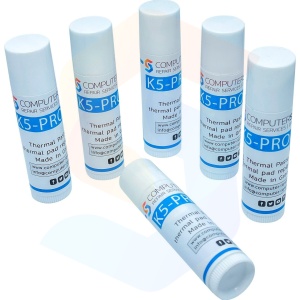
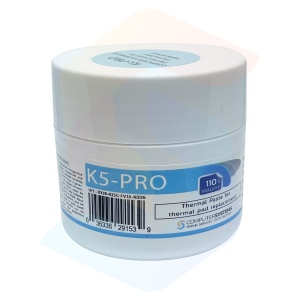
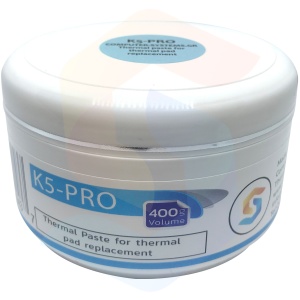

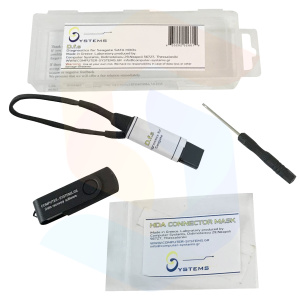

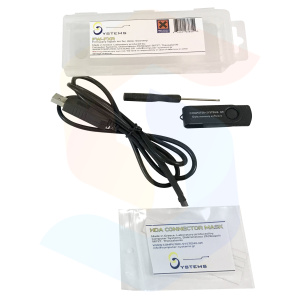
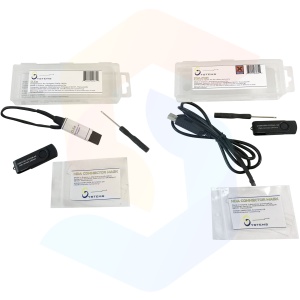








Reviews
There are no reviews yet.